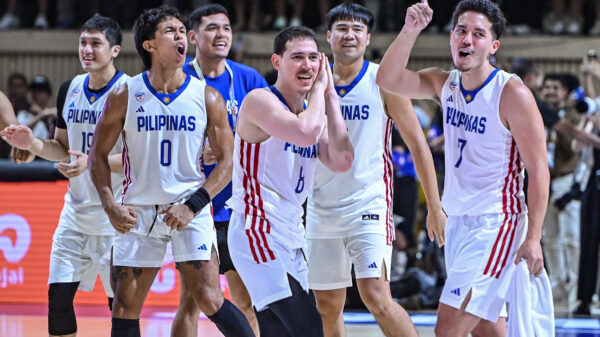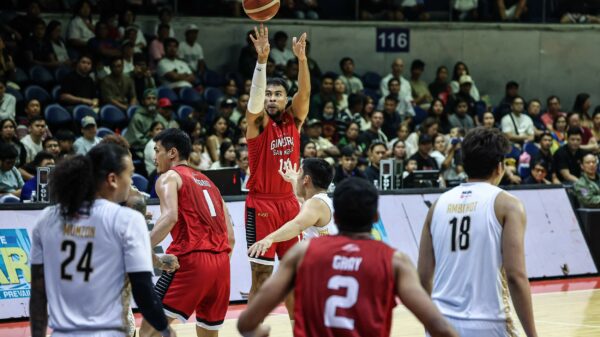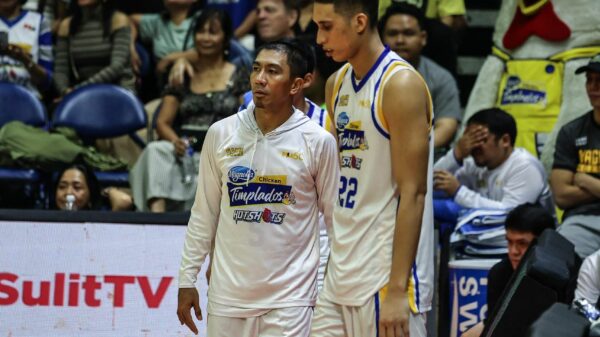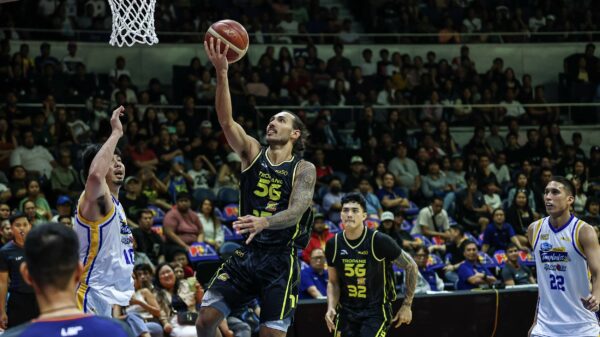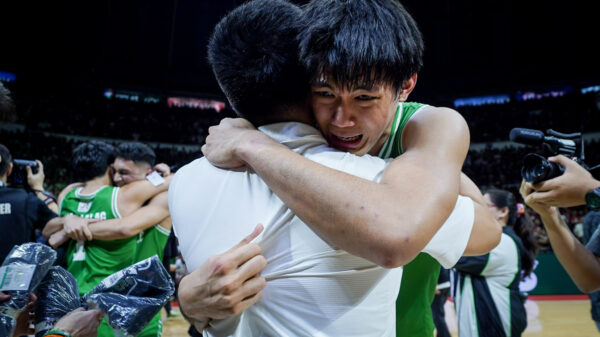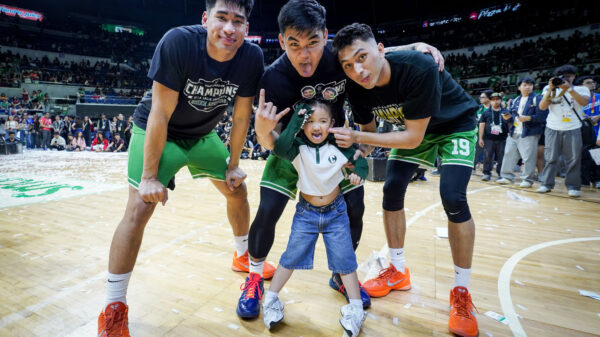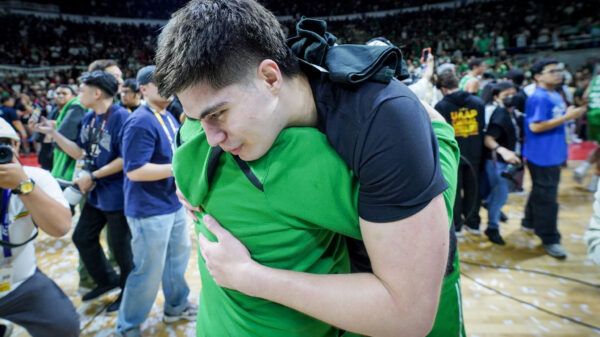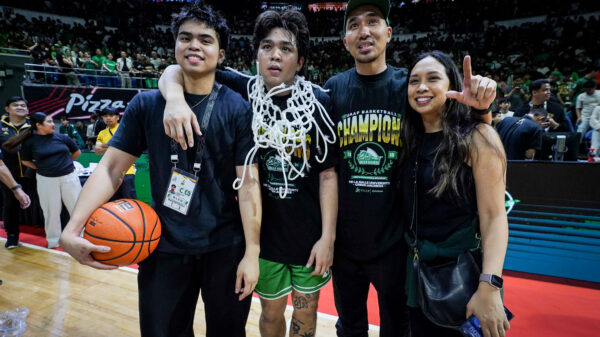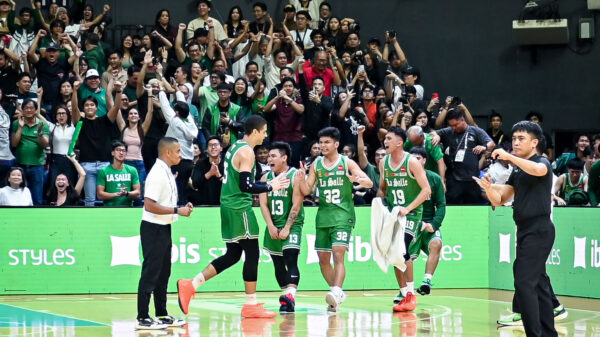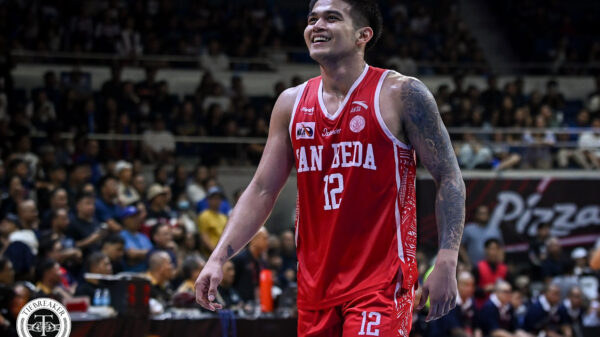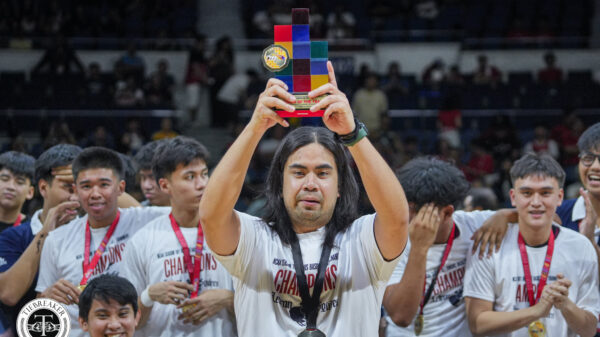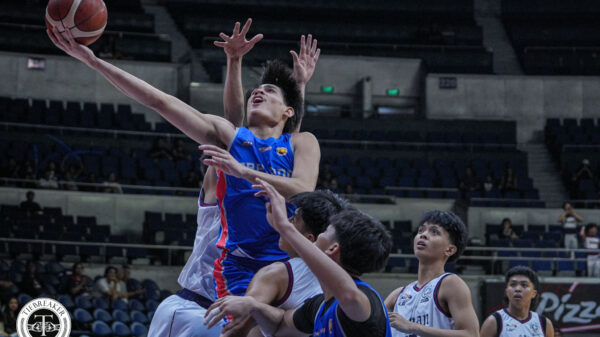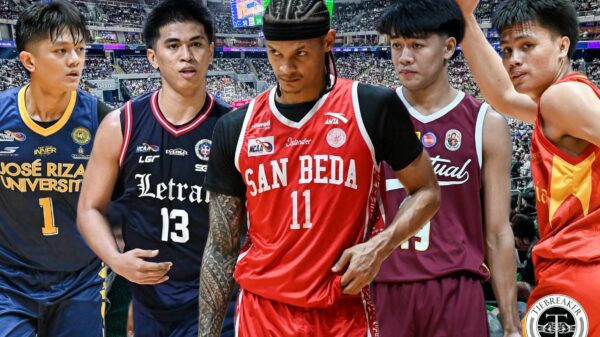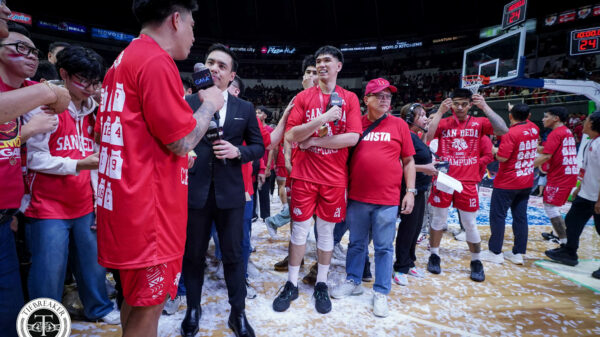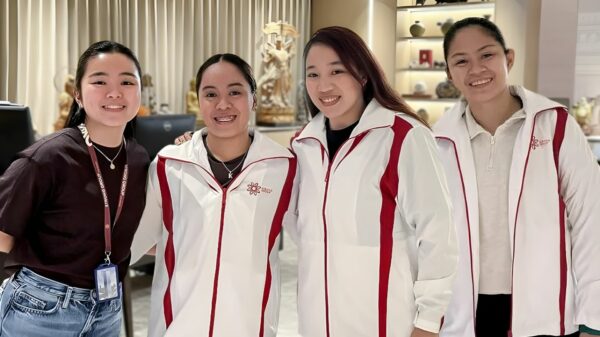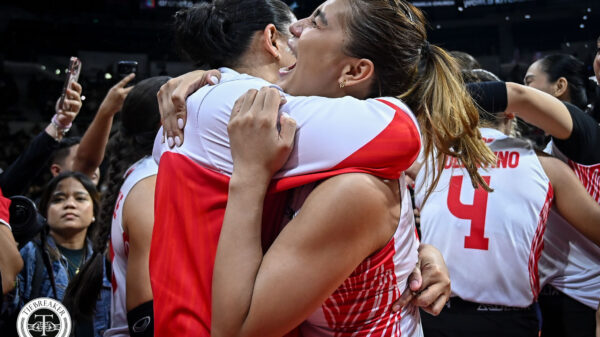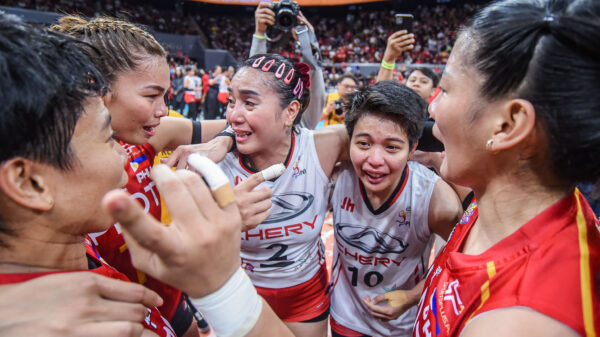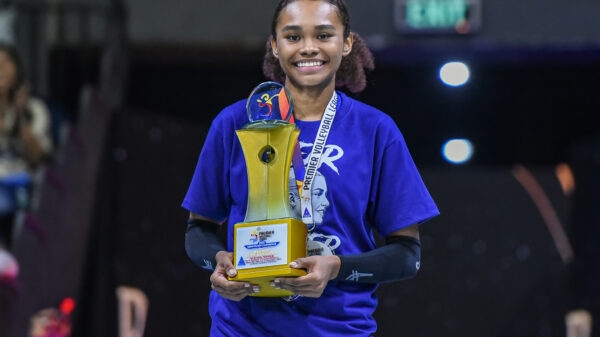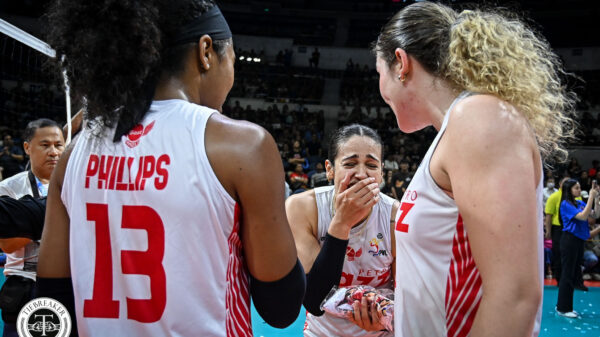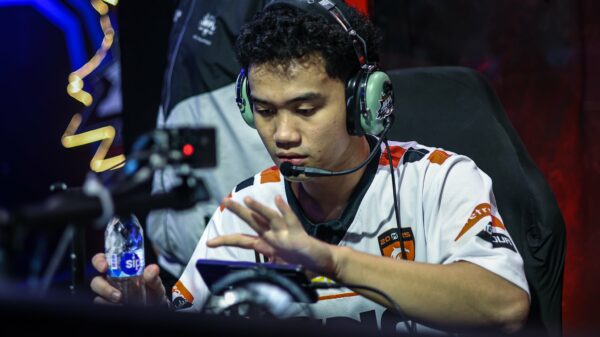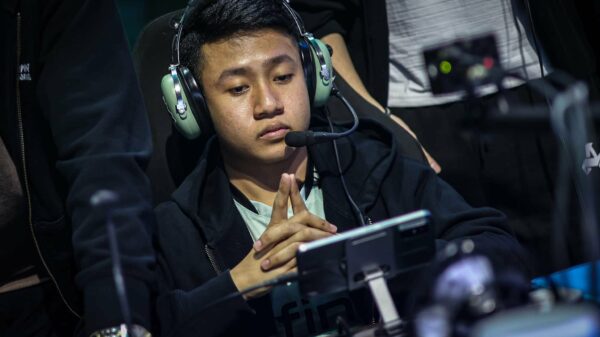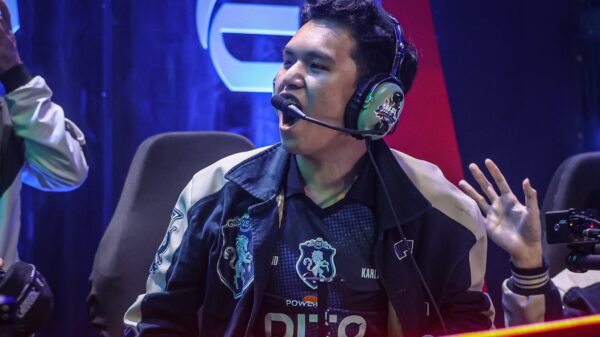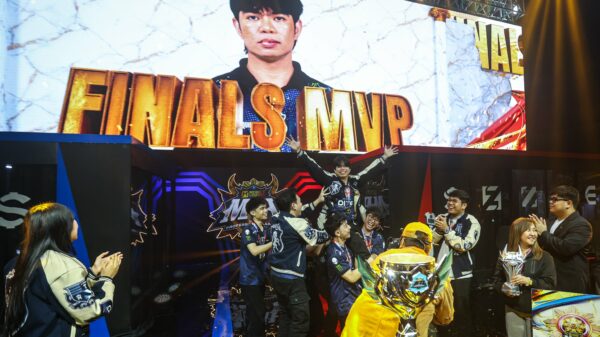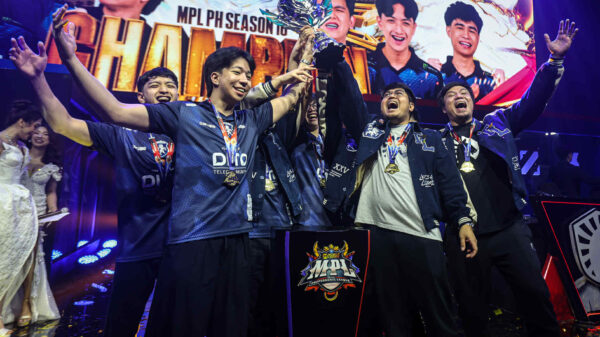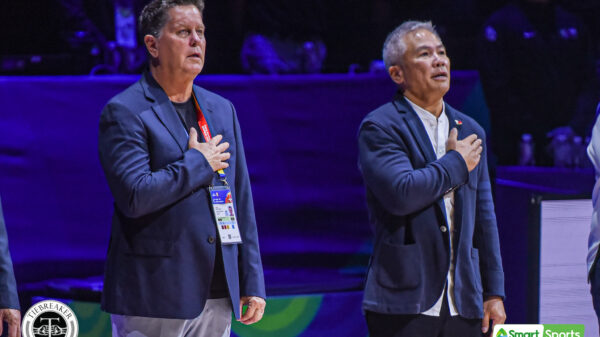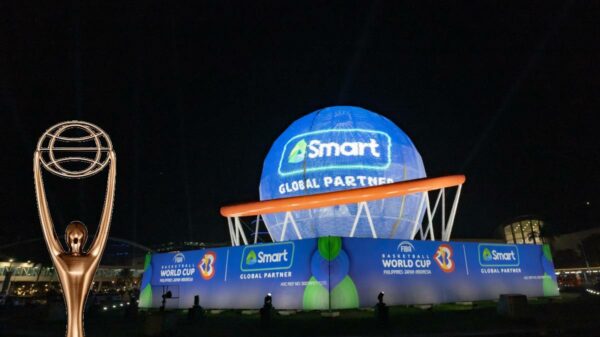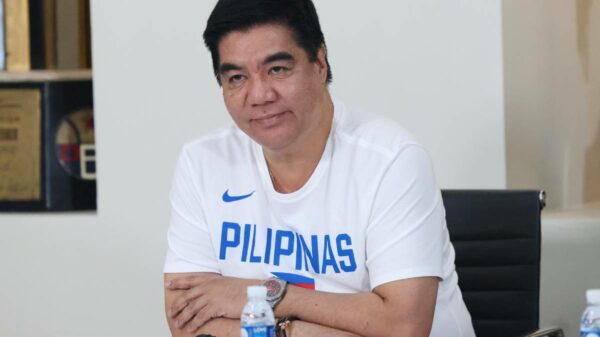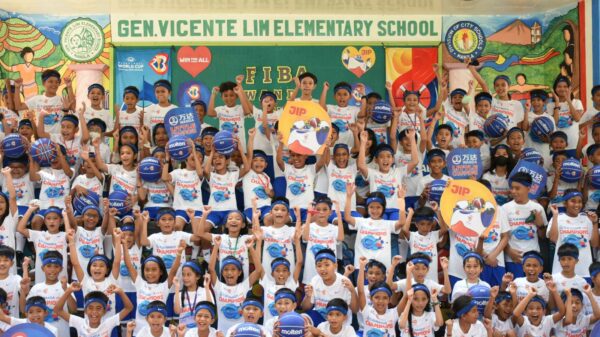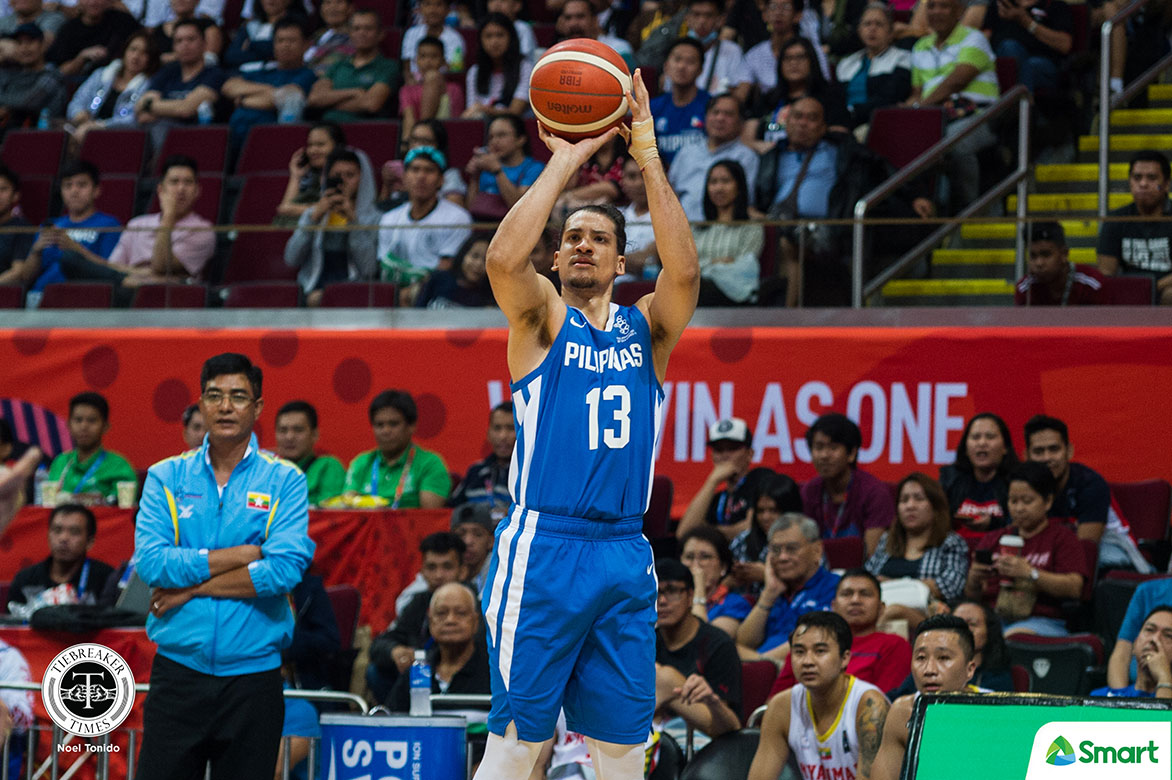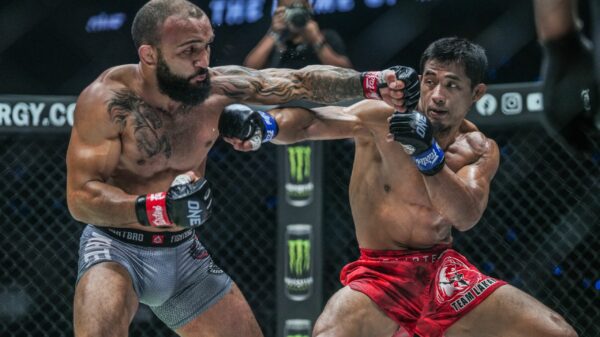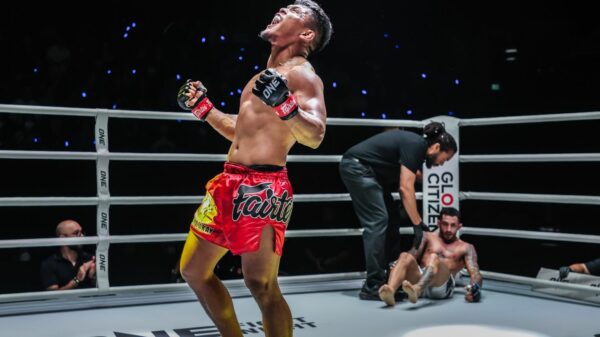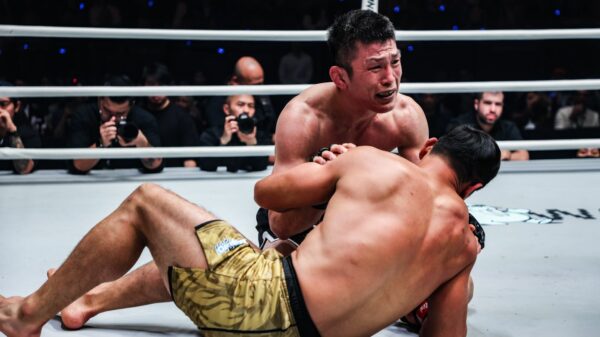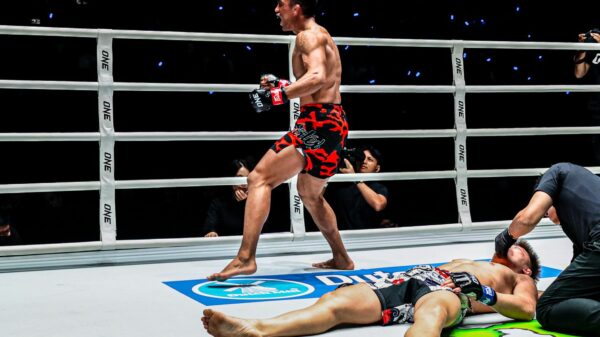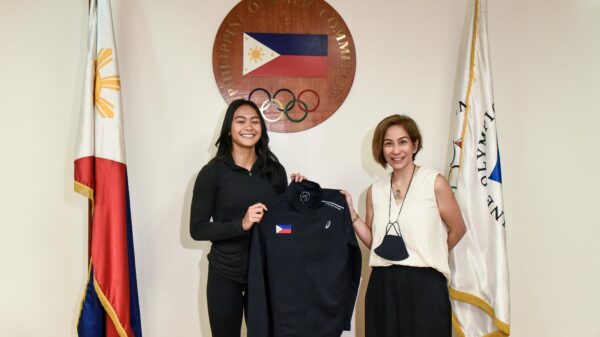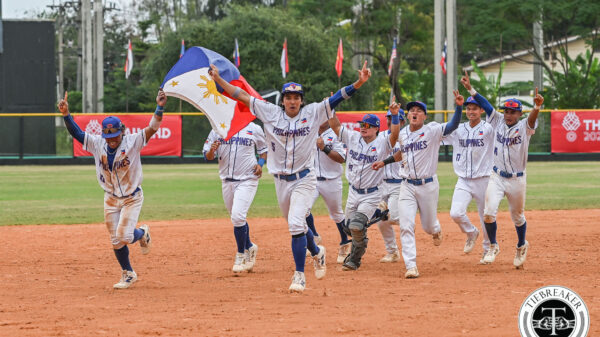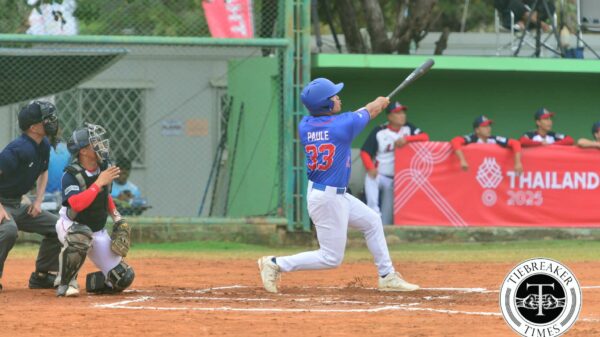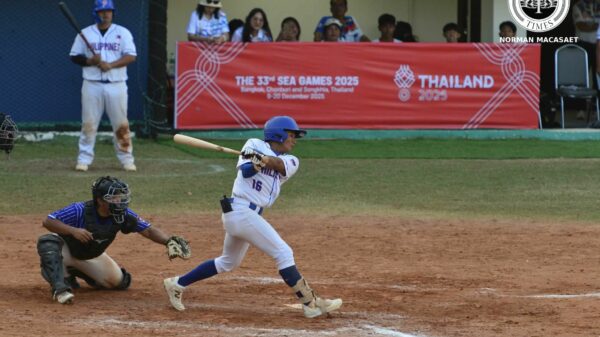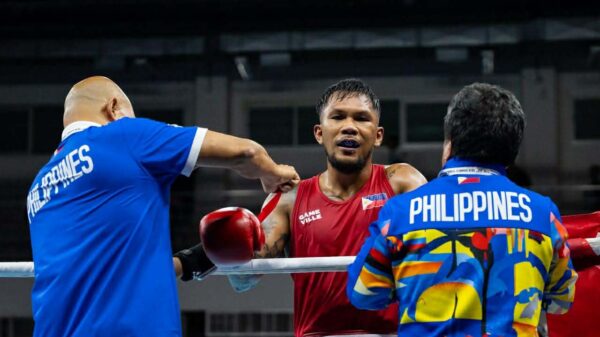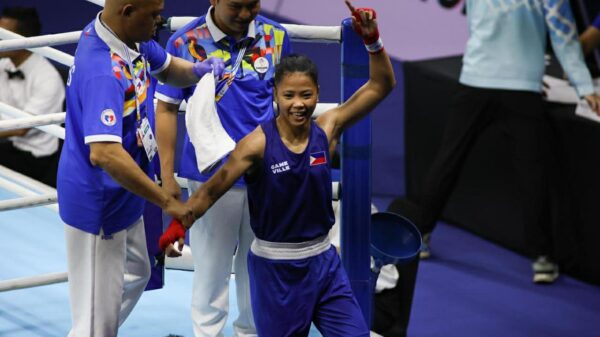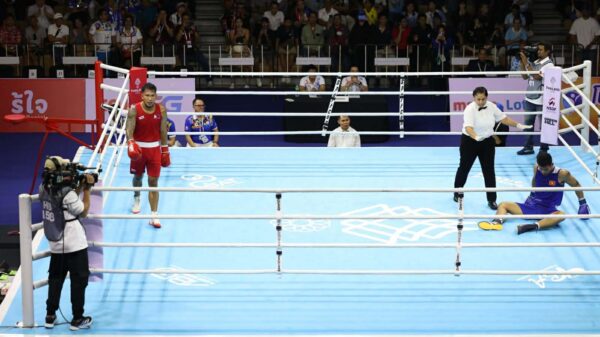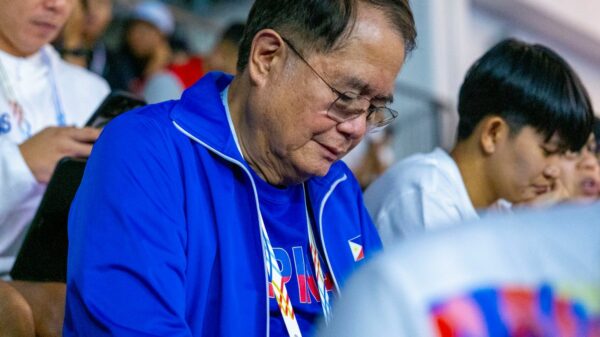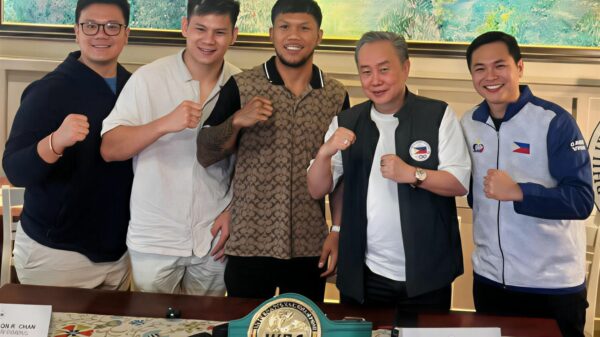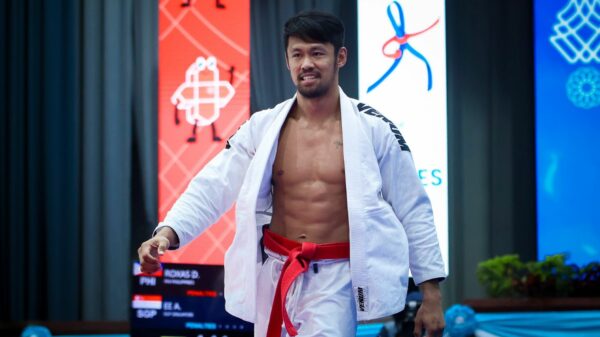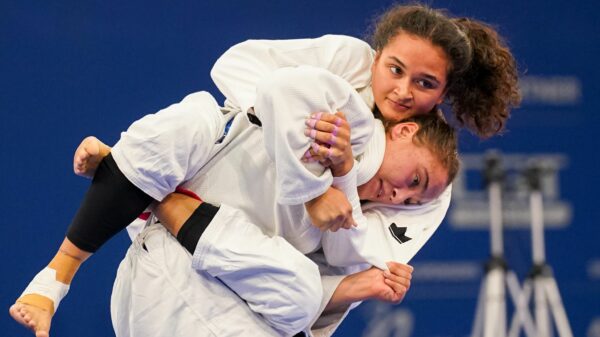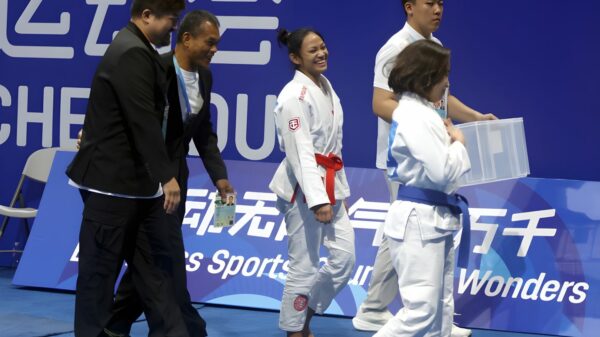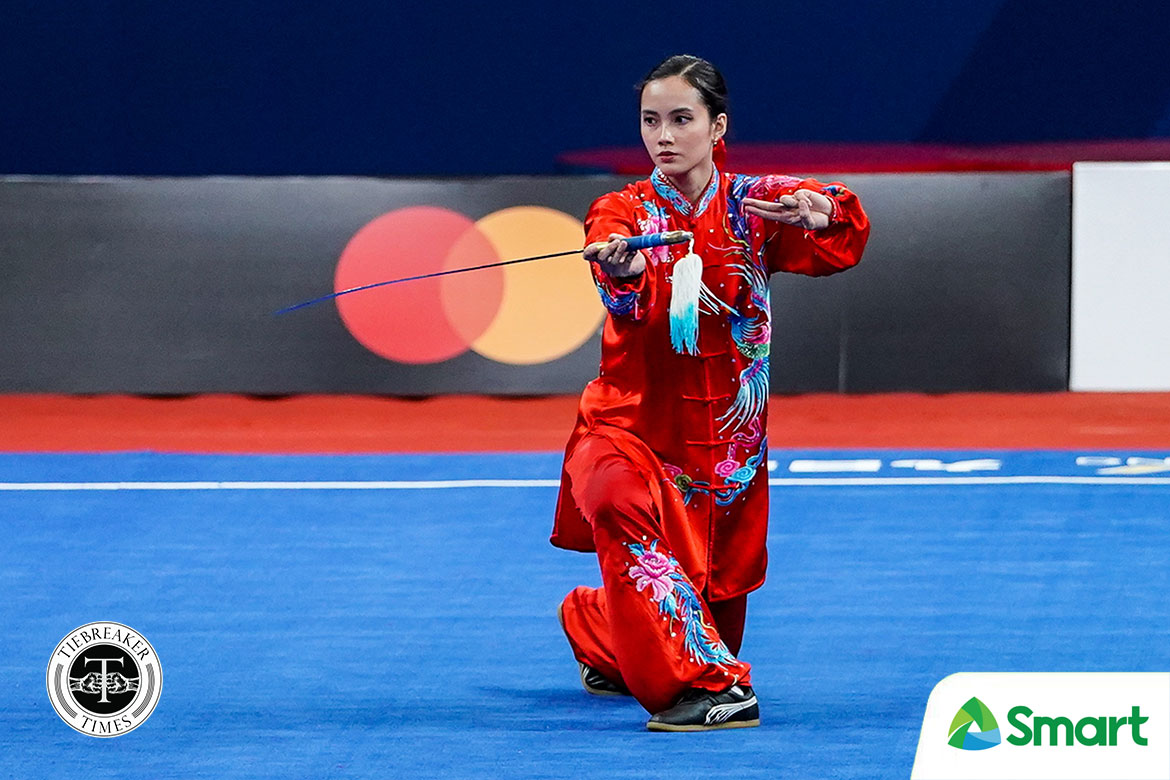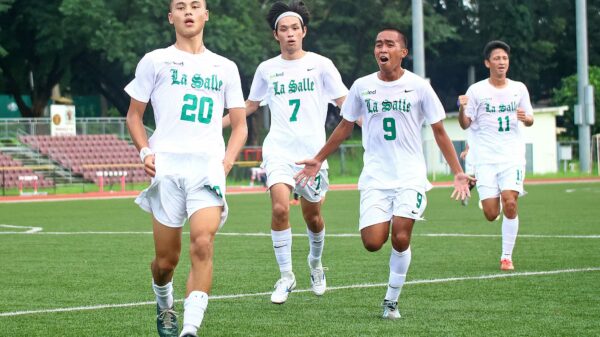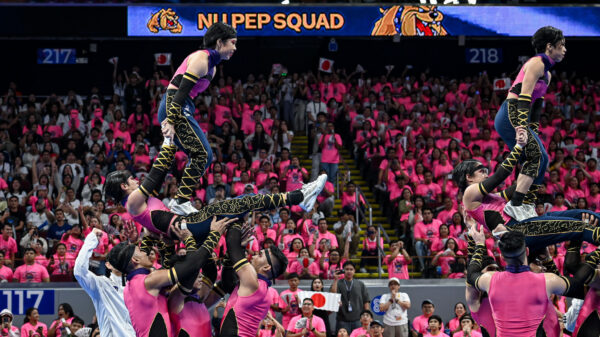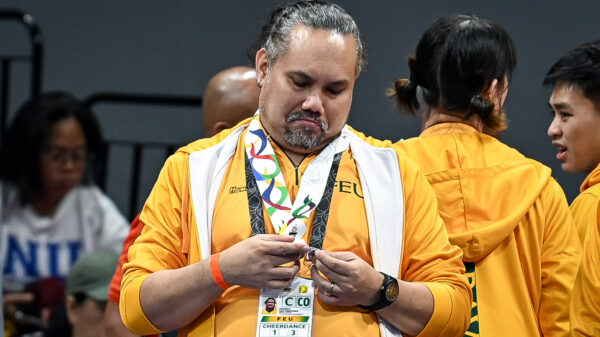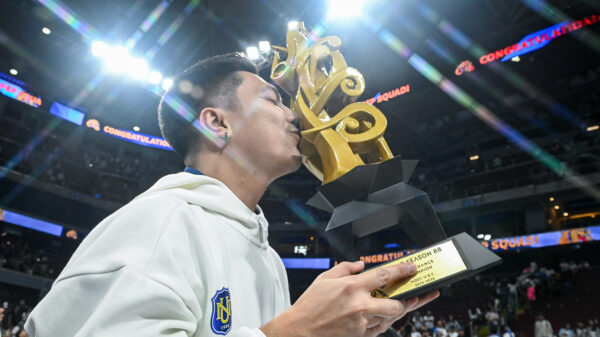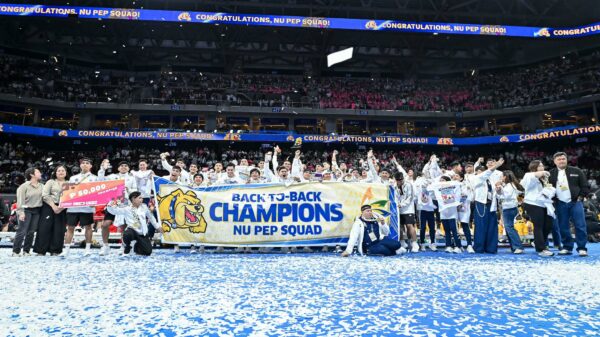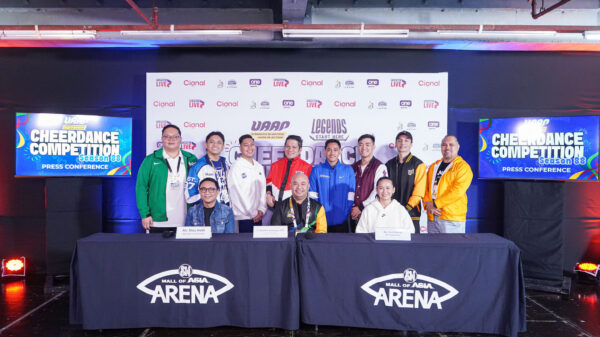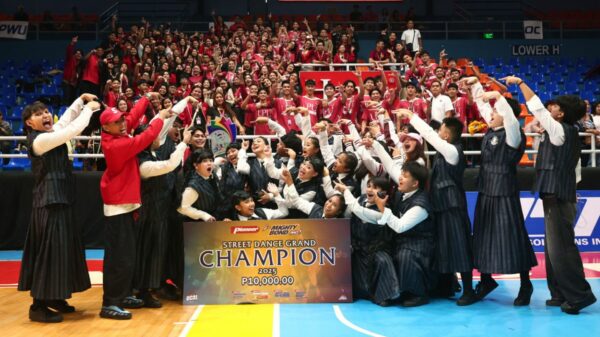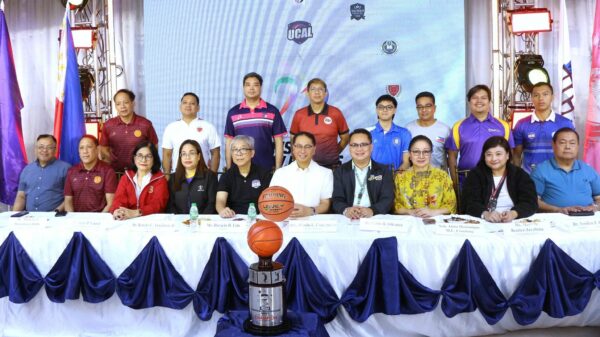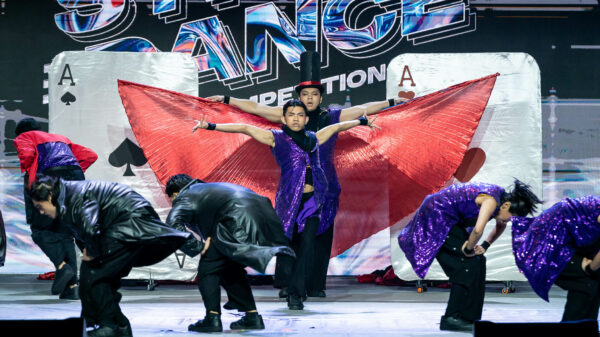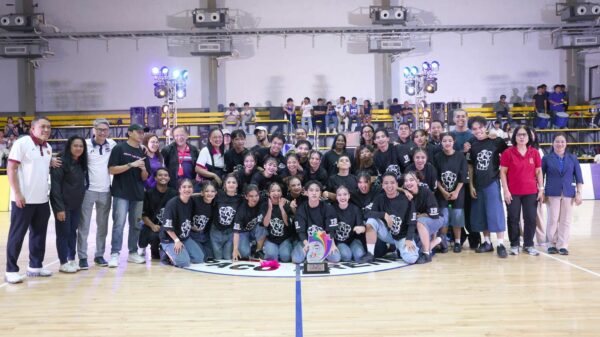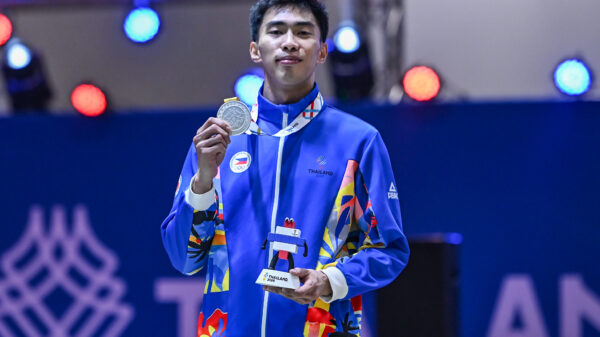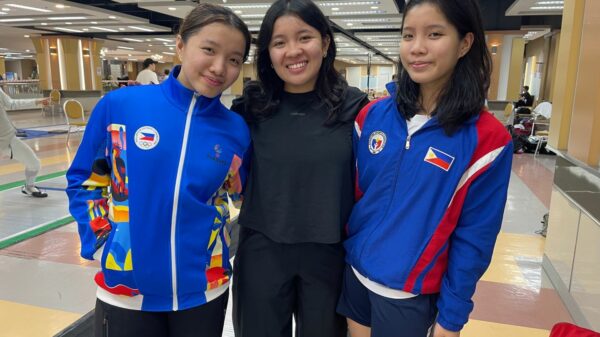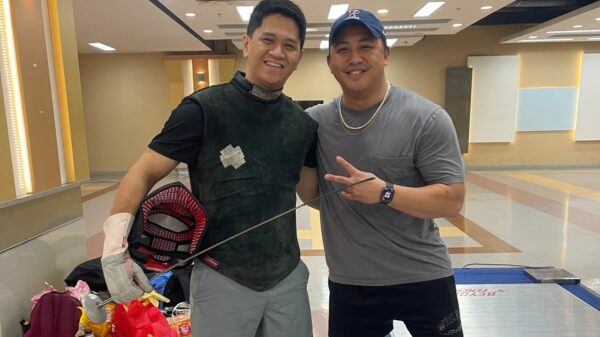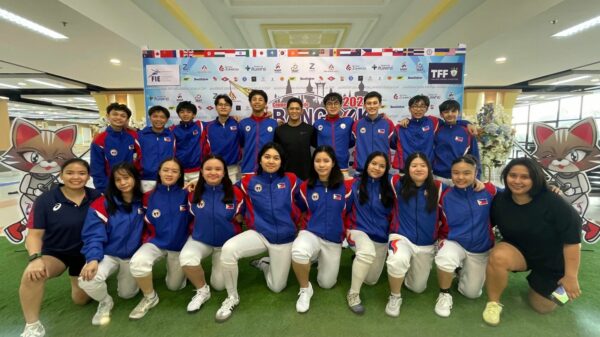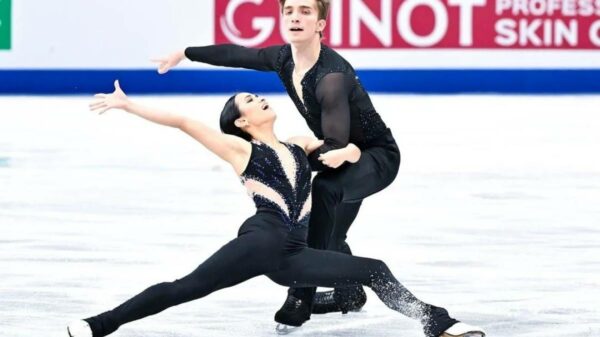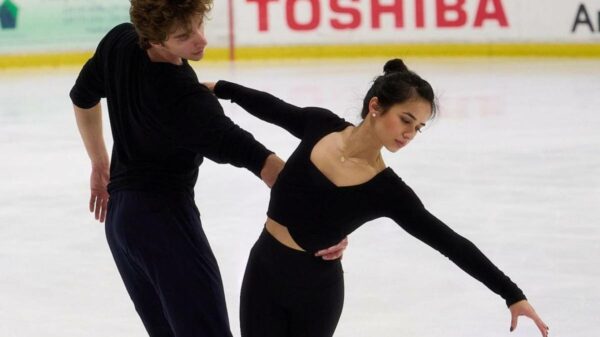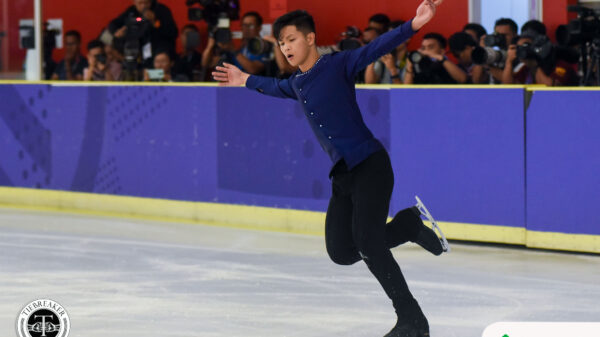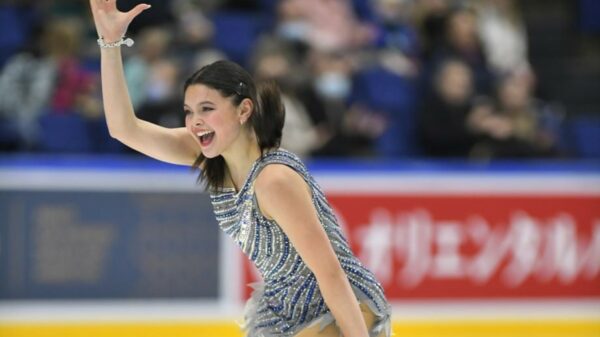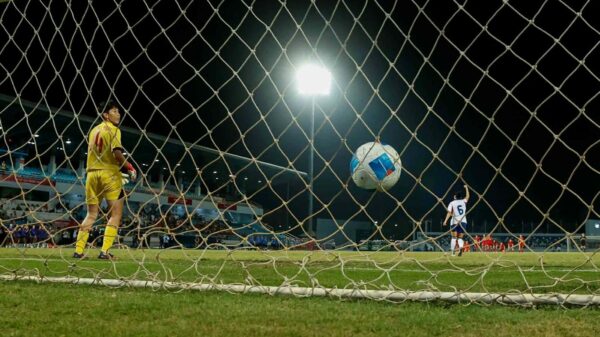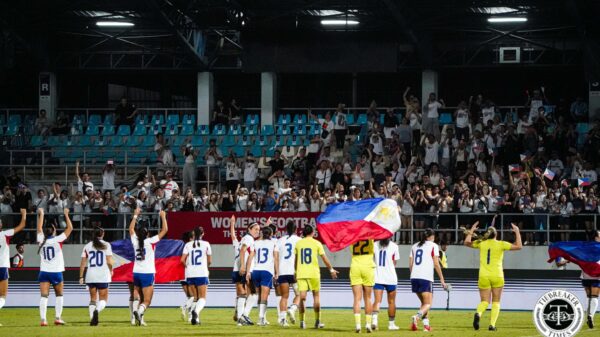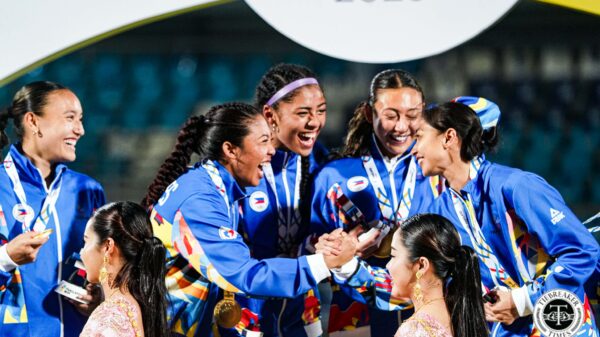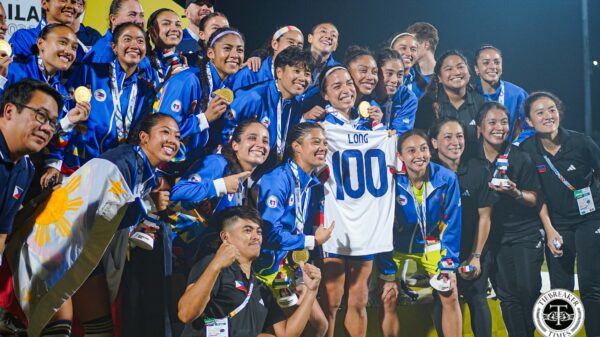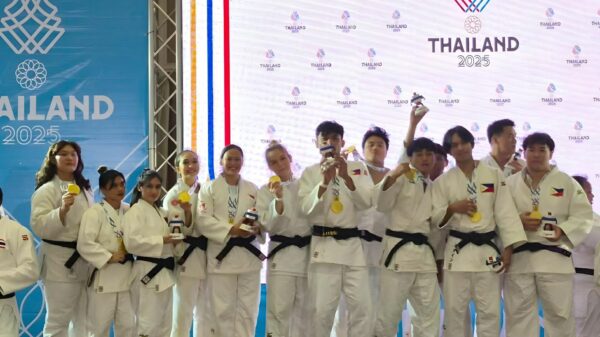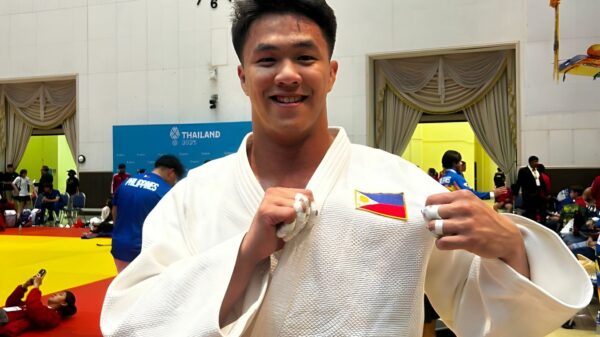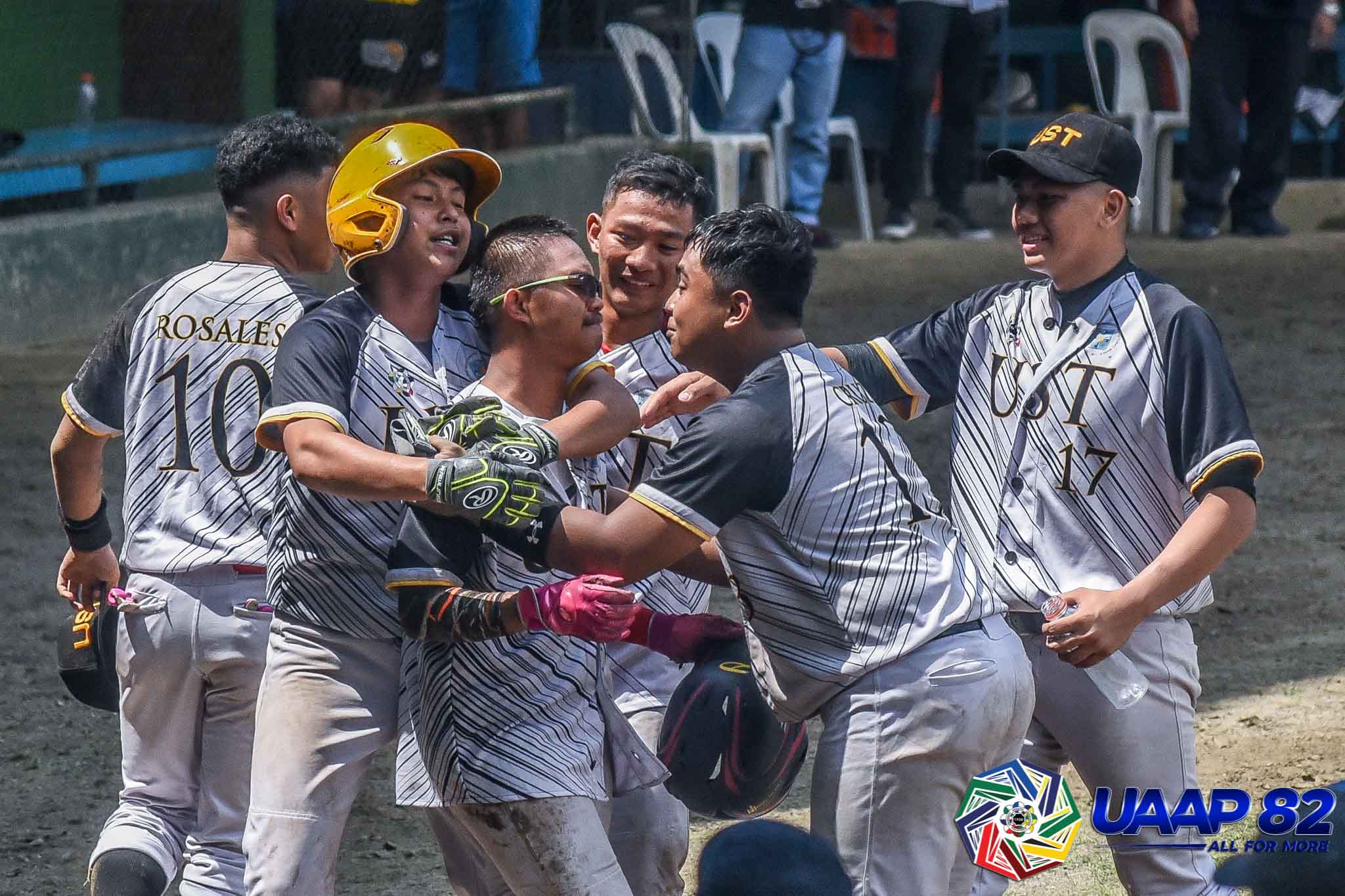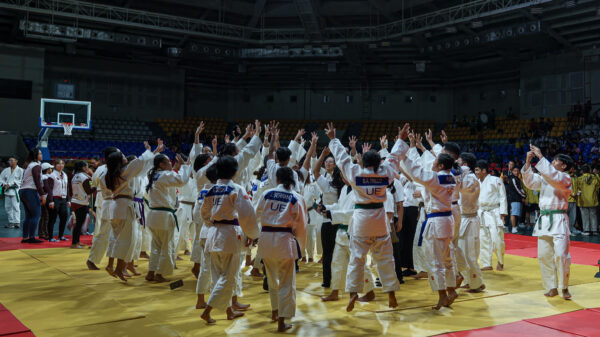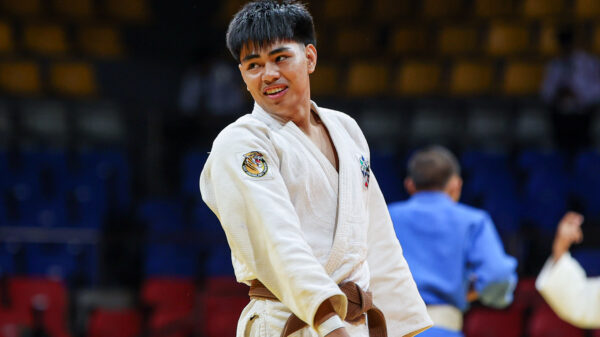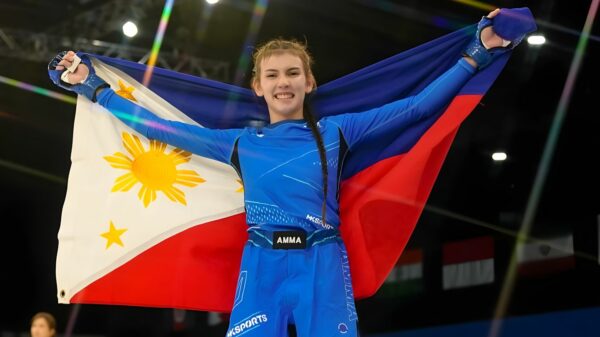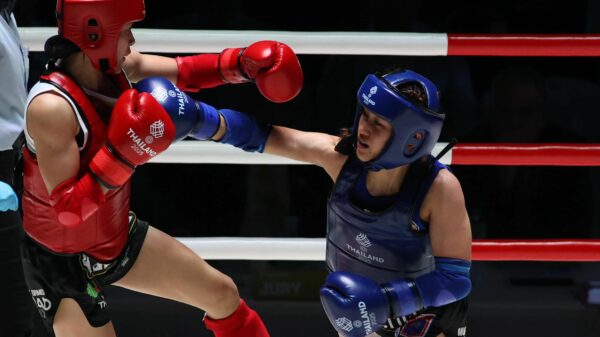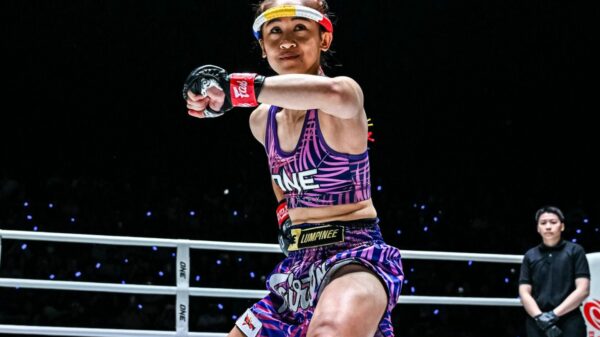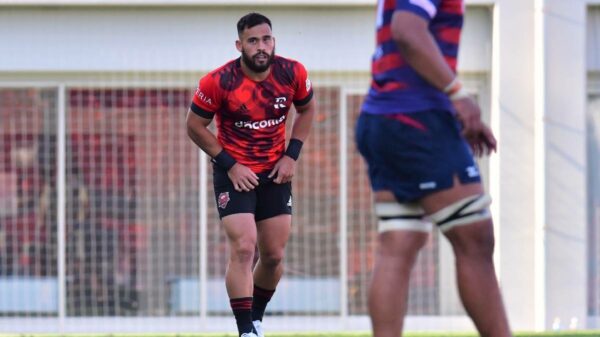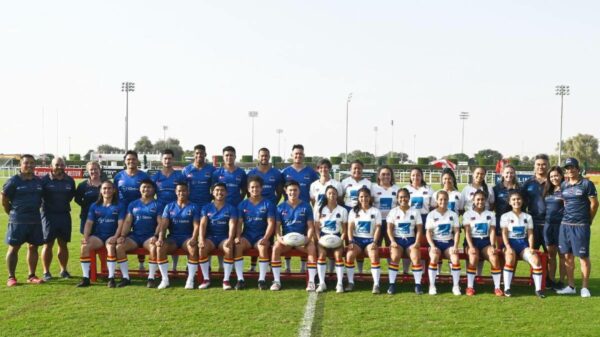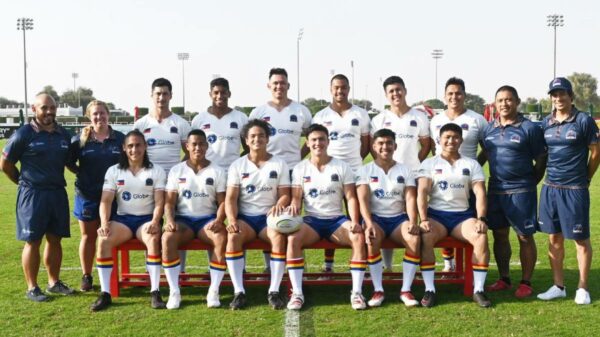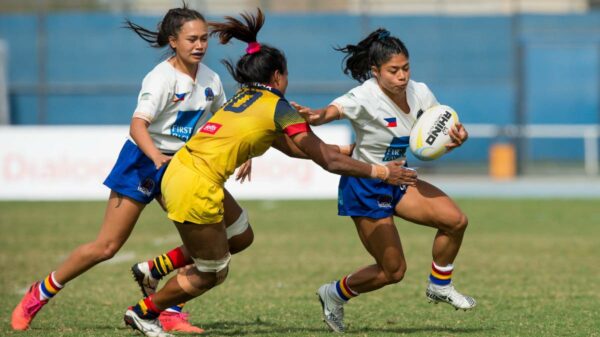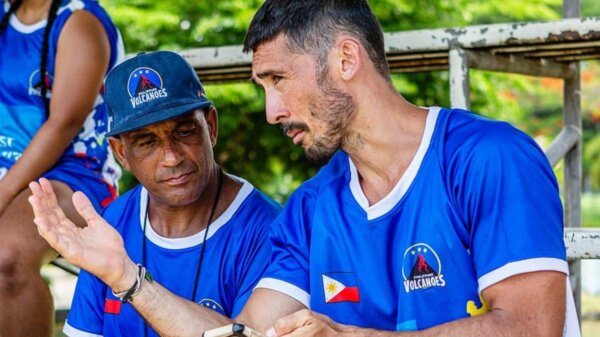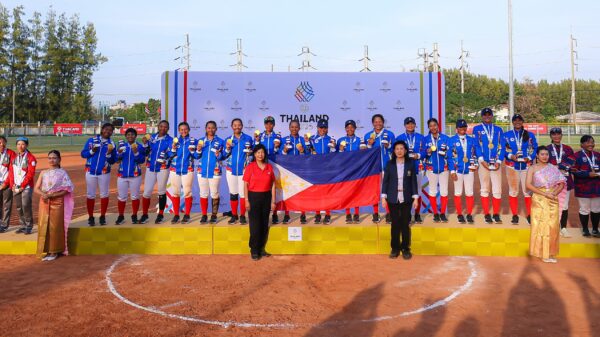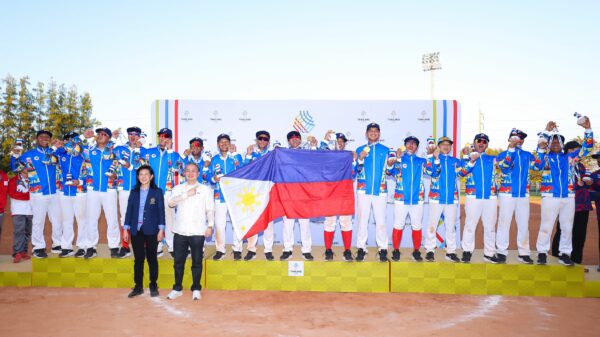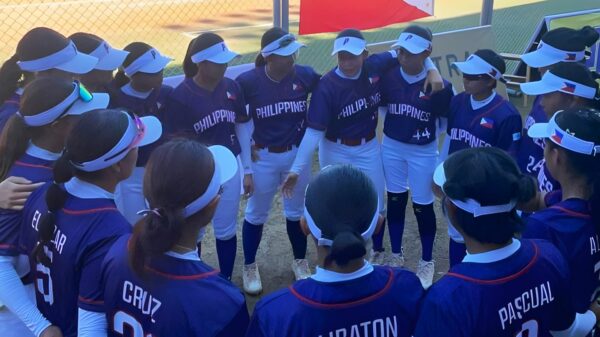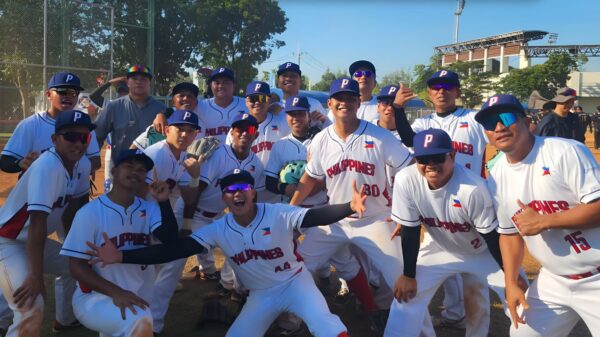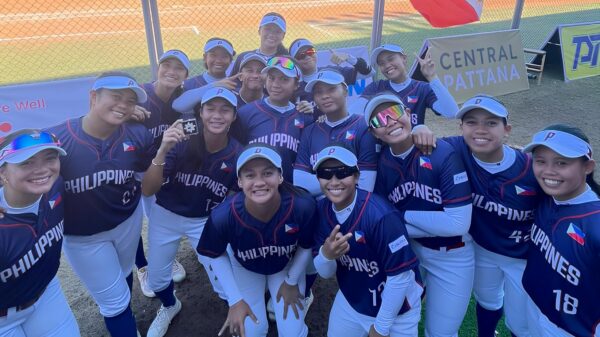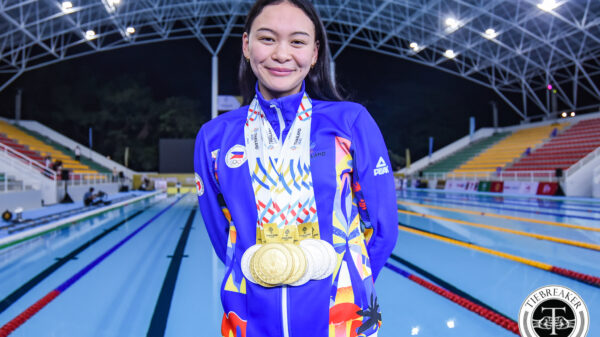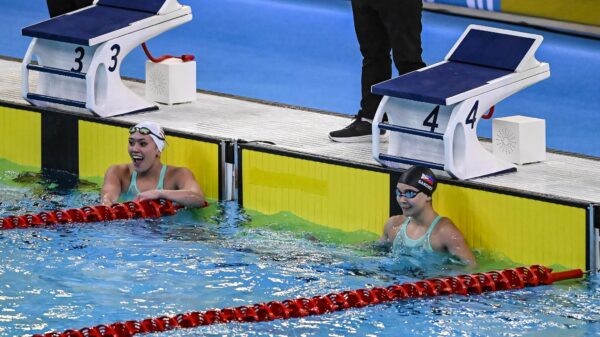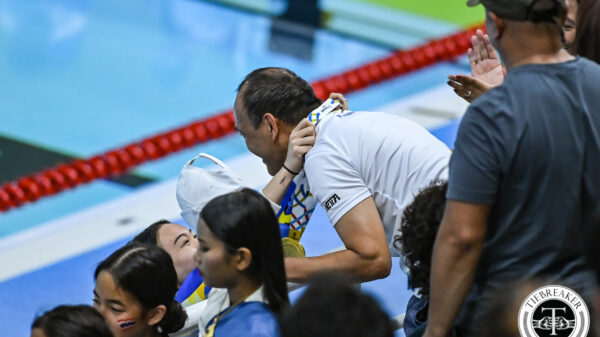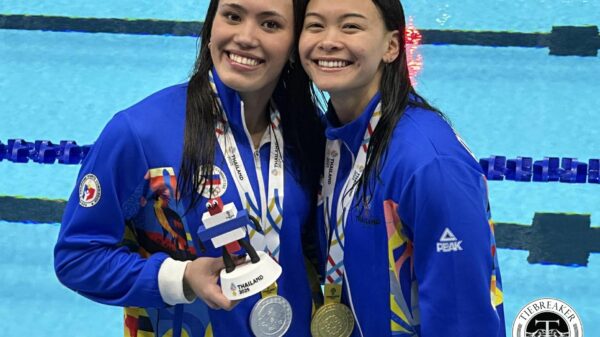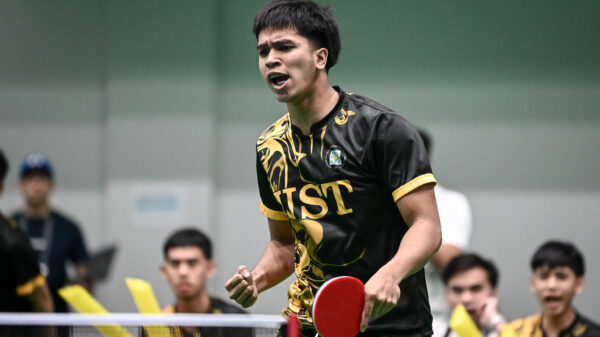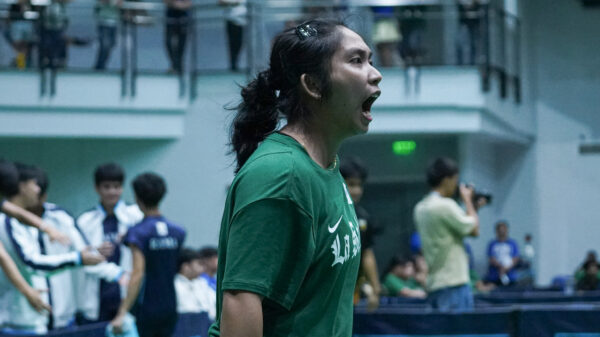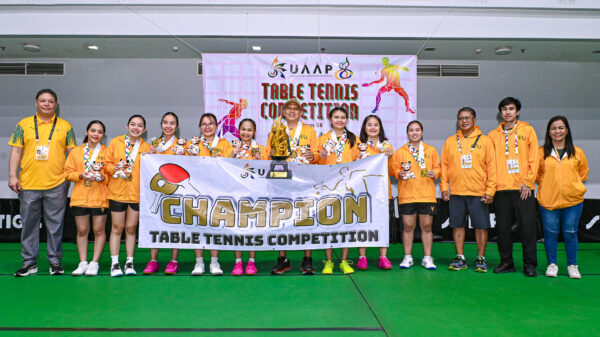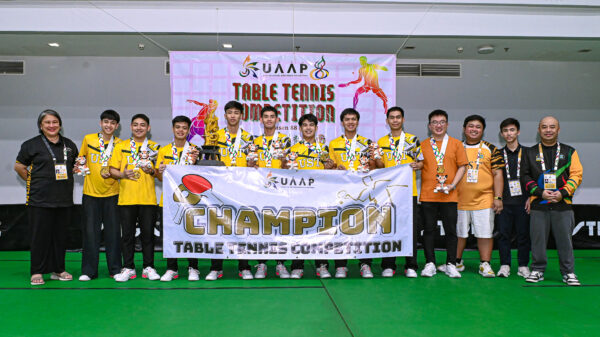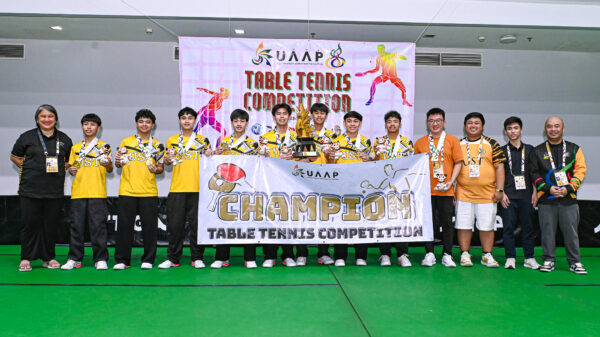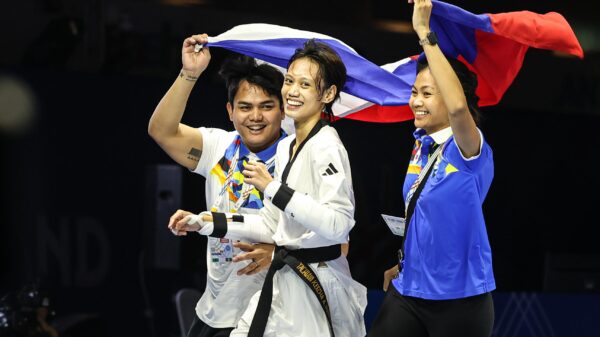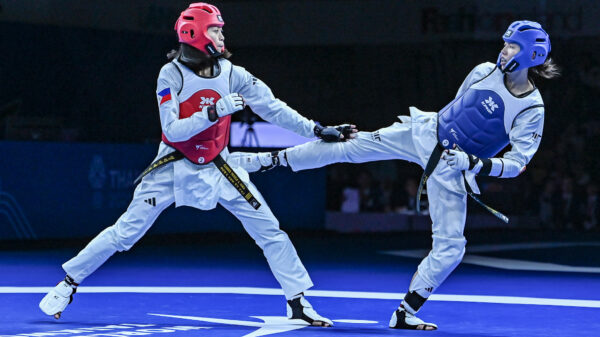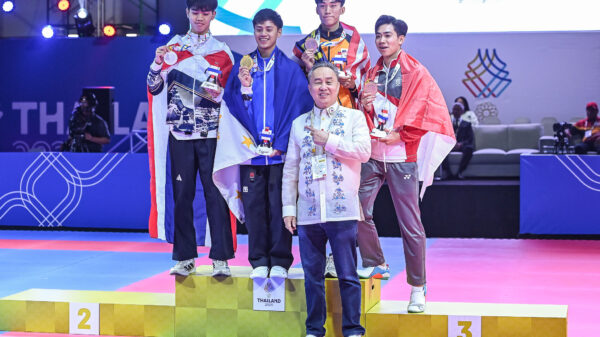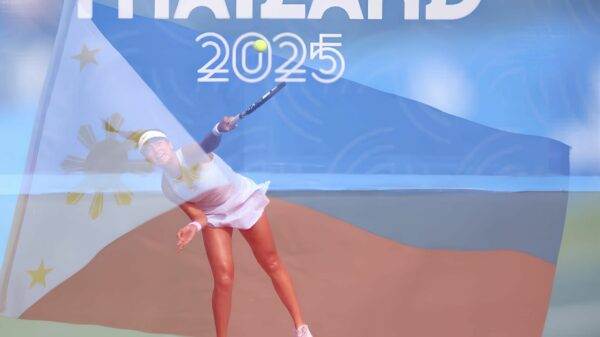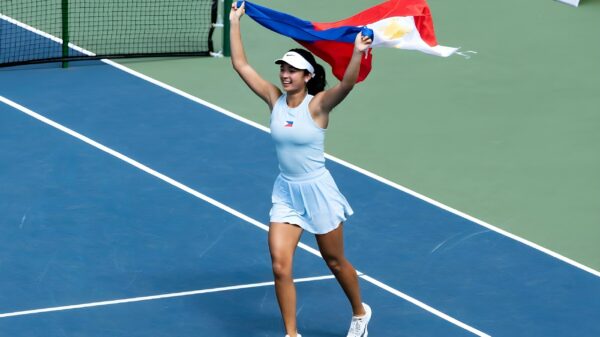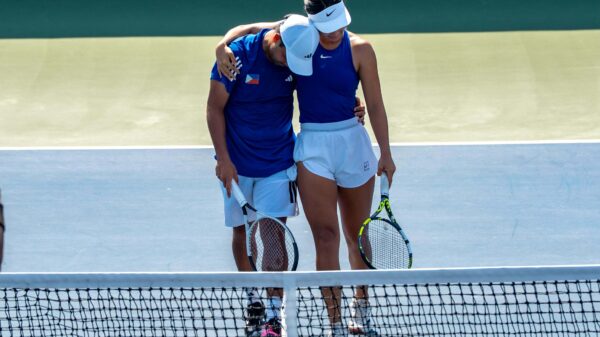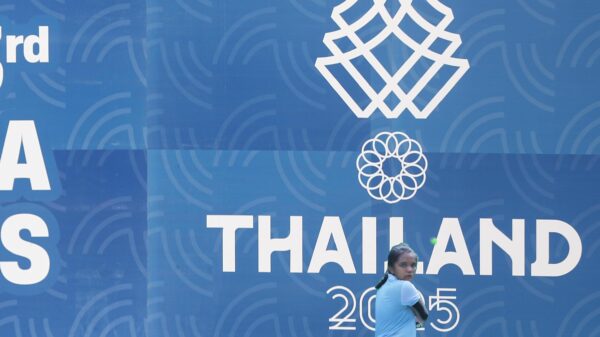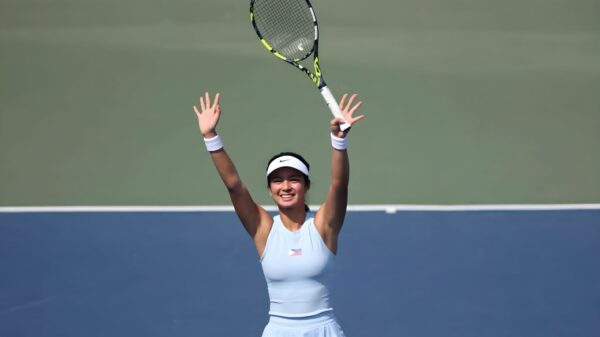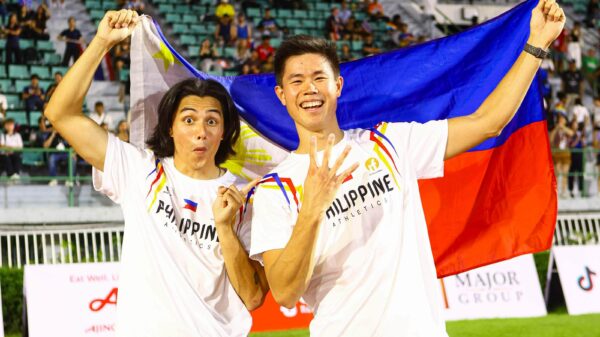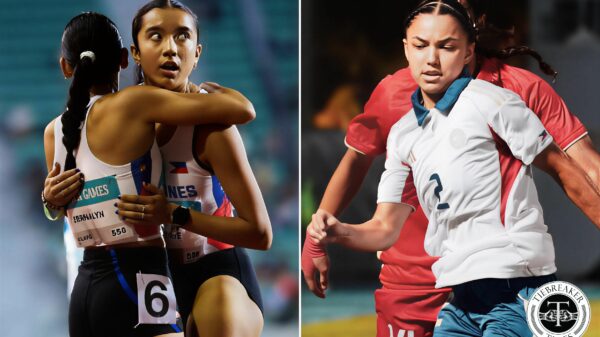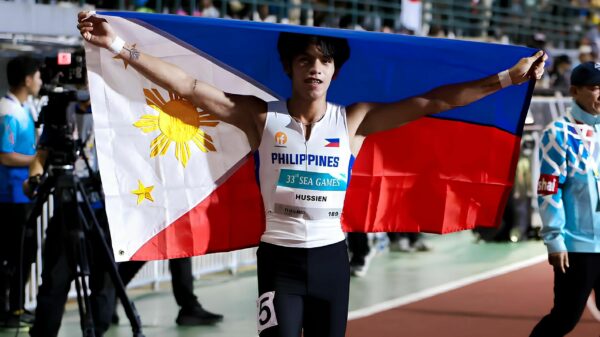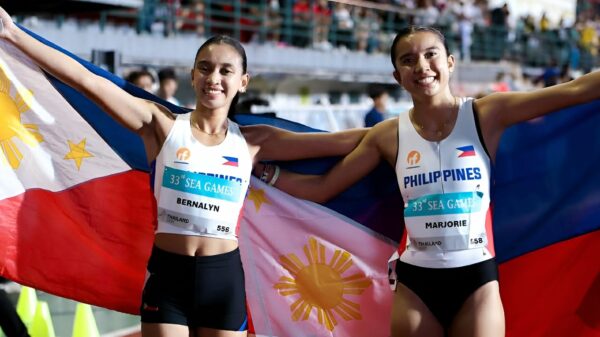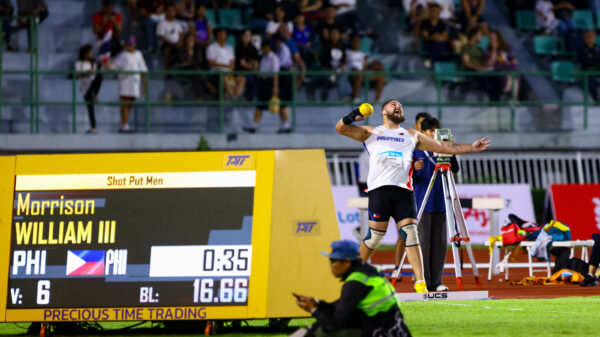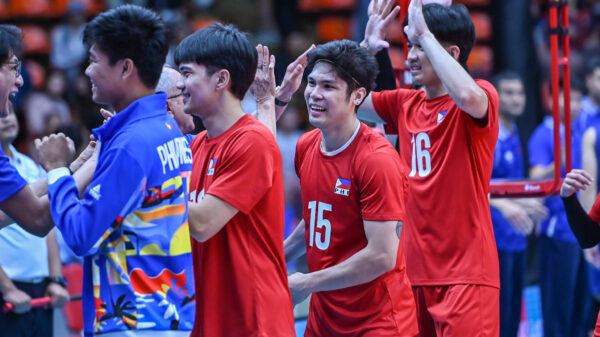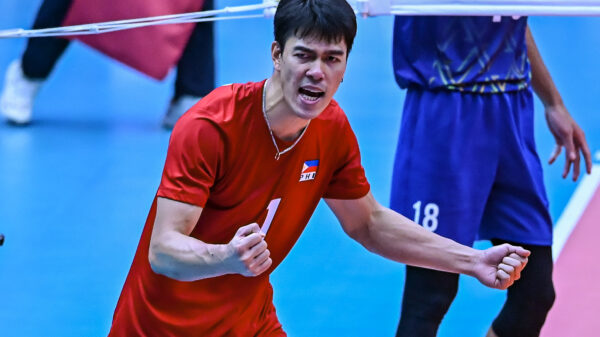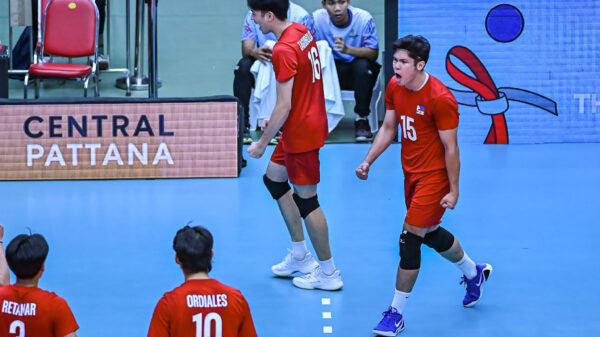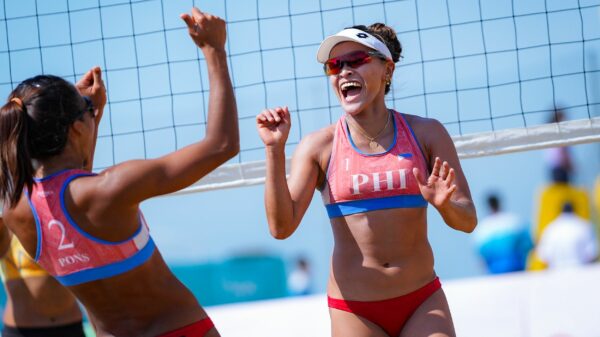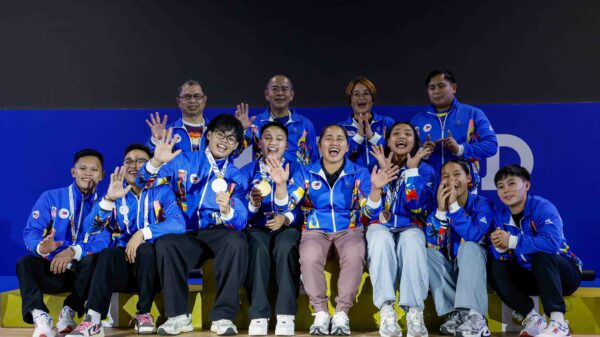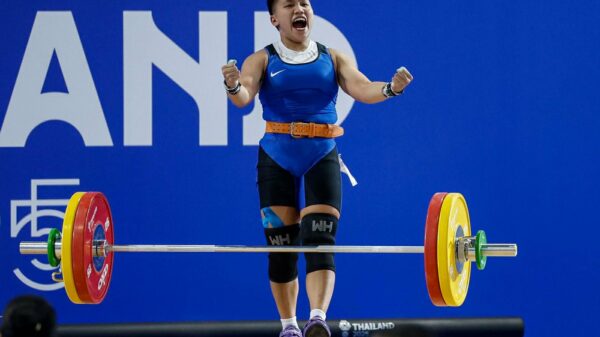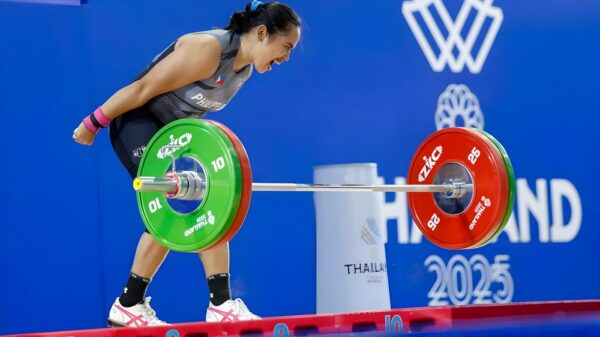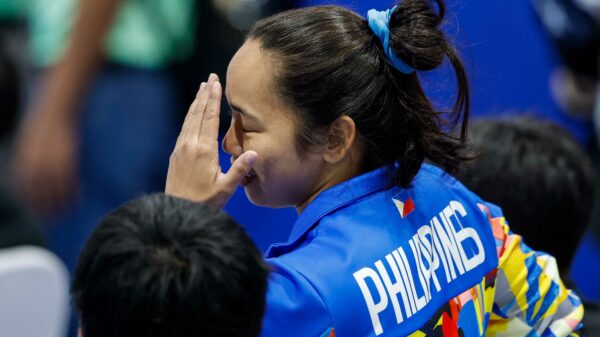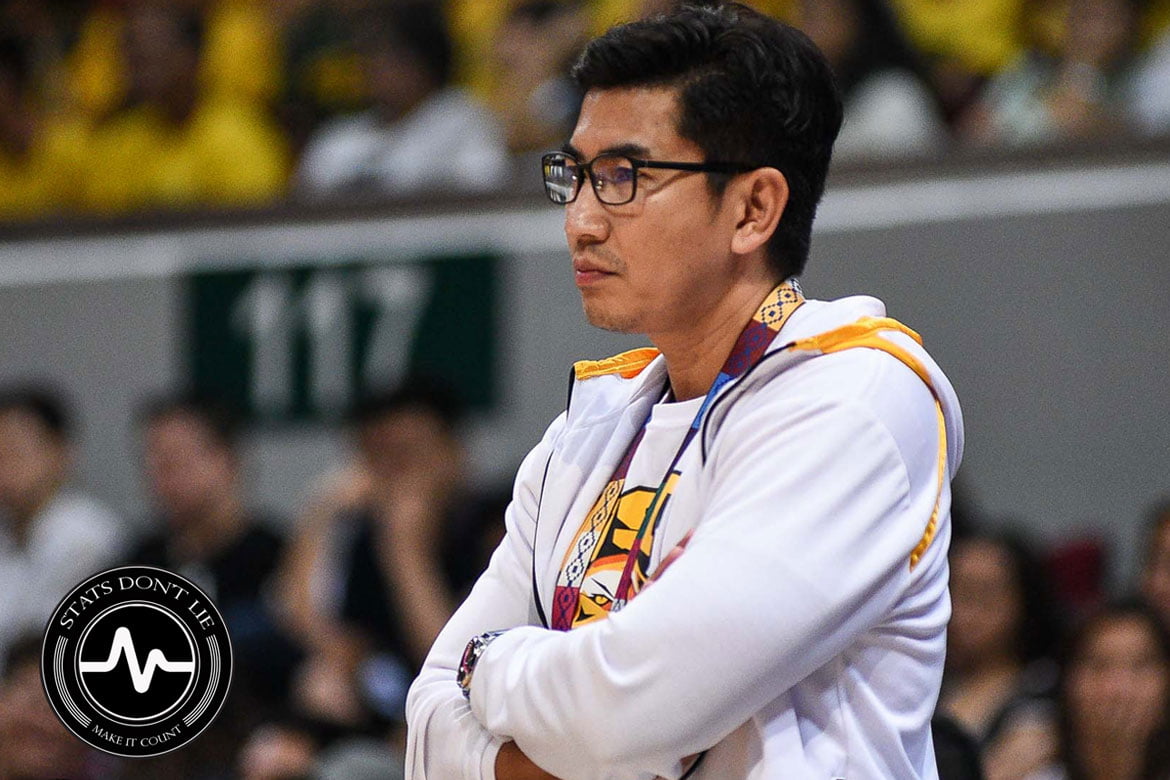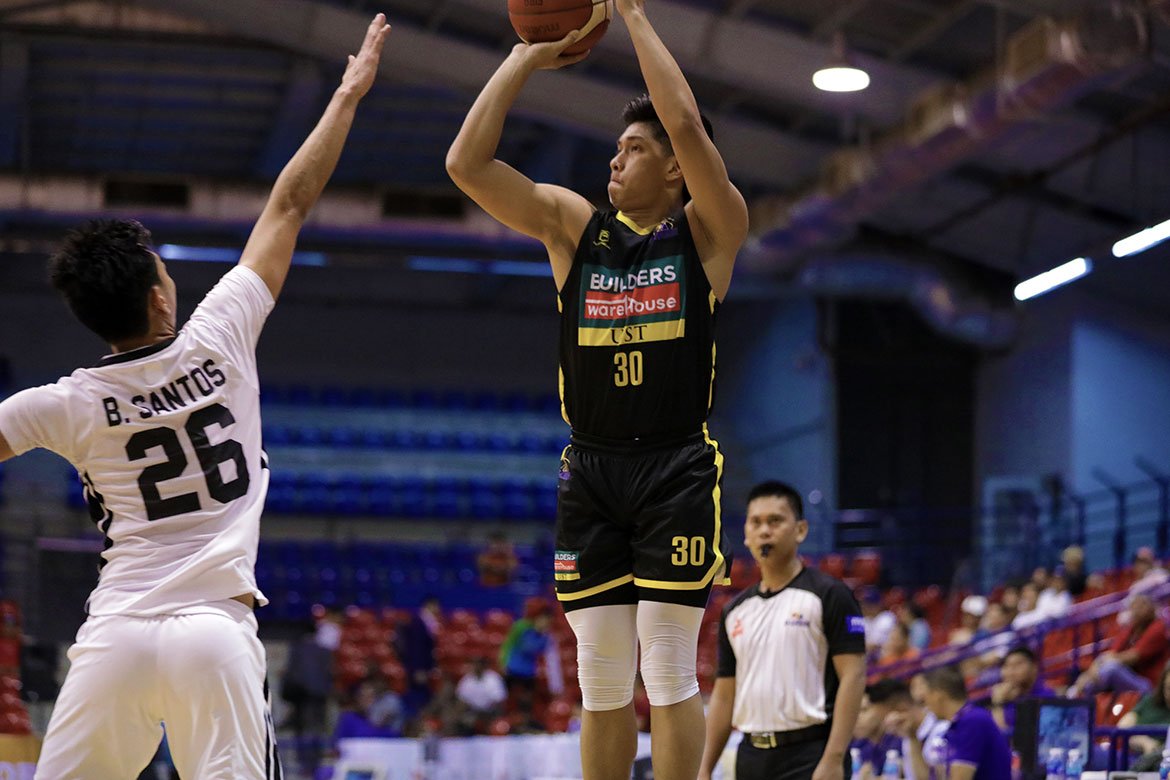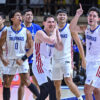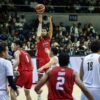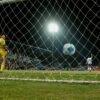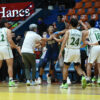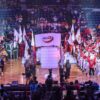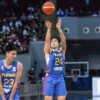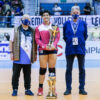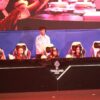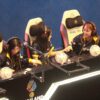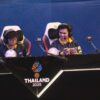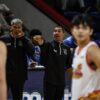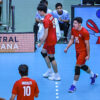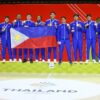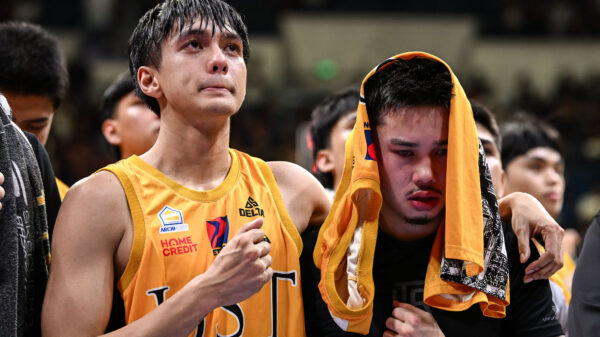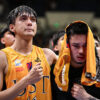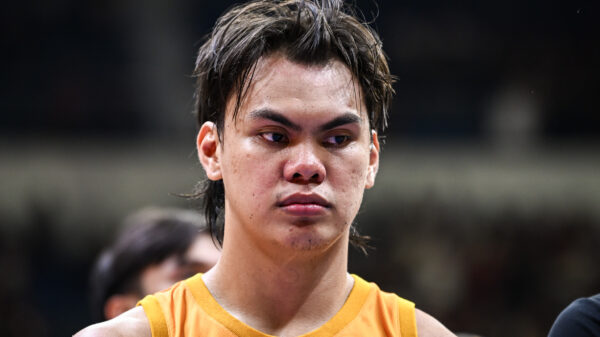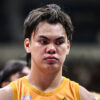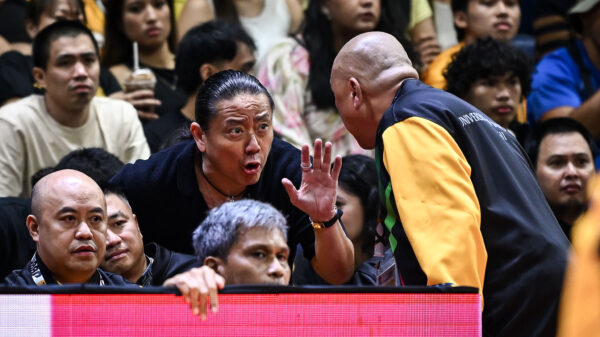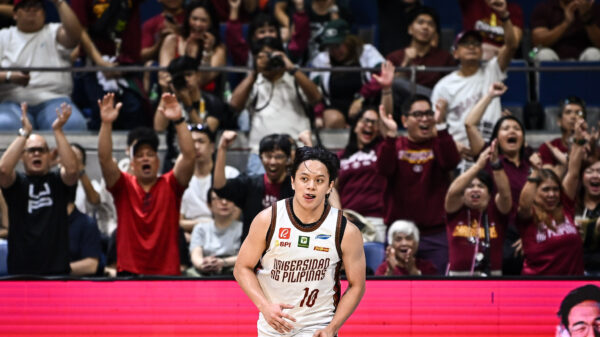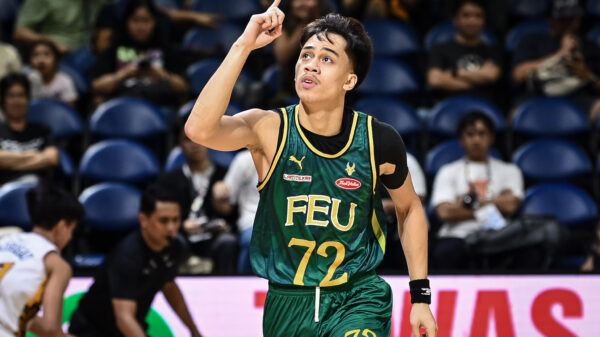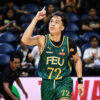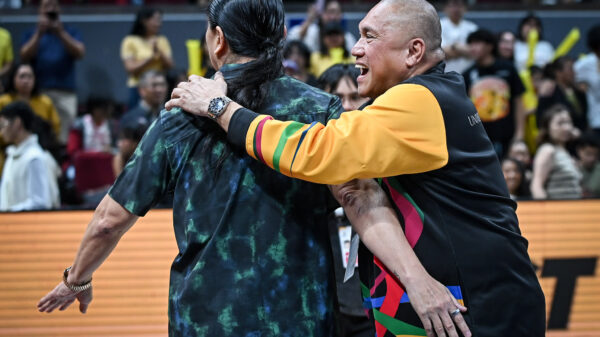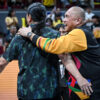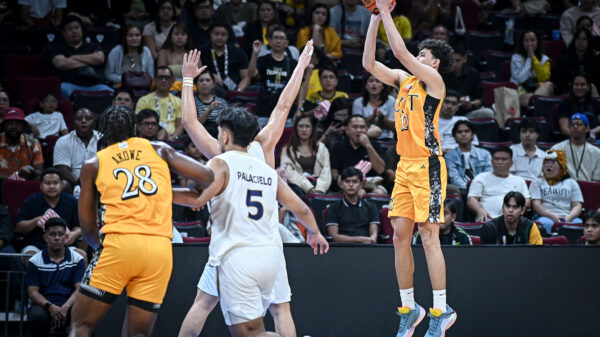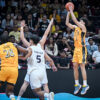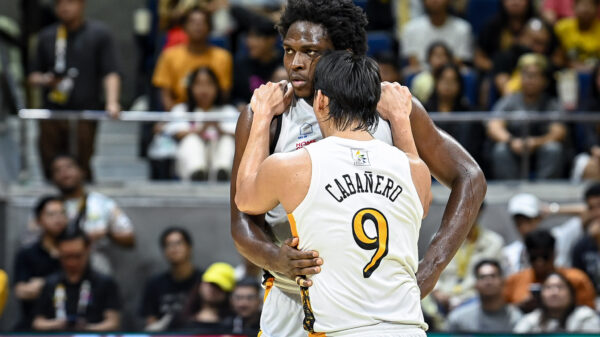What’s the first thing I thought of when I read the article that said the following:
“The Growling Tigers made 23-of-46 shots from beyond the arc on a red-hot 50-percent clip”?
Twenty-three threes in a forty-minute game? You’ve got to be kidding me!!
I asked myself – how exactly are UST getting (and making) all these threes?
Before I started watching UST’s two D-League games, I had a general idea of how they played.
First, after watching Coach Aldin Ayo’s teams the past five years, I knew they’d have A LOT of different sets. Whether it’s half-court, BLOB, or SLOB situations, his teams are known to run a lot of different actions and sets.
Second, I knew there would be a ton of screens, which would help free up shooters.
Moving on, while I was watching, I noted what type of three-point shots the UST players were taking. I broke them down into three types:
a) Catch and shoot (spot-up)
b) Catch and shoot (on-the-move)
c) Off the dribble
(I took out one of the attempts, which was a half-court attempt to end a quarter)
I also differentiated between whether the shots were contested and uncontested. These are the results I got from their two D-League games:

UST Growling Tigers three-point shooting (D-League)
Two things immediately stood out to me.
First, they shot an impressive 57-percent on spot-up threes, including 52.6-percent on contested ones. Now, I don’t know if they’ll continue to shoot at this level, but even if this regresses down to 35-percent, that’s a number that would be near the top at the collegiate level.
They also took the same amount of threes of the on-the-move type – shots that come from flare screens, pindowns, elevators, etc. These are all actions that are coming within the flow of their offense and they hit them at a rate of 37.1-percent, many of them being good looks.
It’s clear to me that Coach Ayo is really emphasizing three-point shooting and giving his players the confidence to shoot them. Sometimes, the shots aren’t good, but you have to live with some bad ones to get results like this.
The second thing I noticed is the number of pull-up threes they took. They attempted 8 in the two games, but many of them were during the end of shot clock situations and the majority came in their game versus Diliman.
In the TIP game, they took 45 threes, but only ONE was a pull-up. This means that in that particular game, 44 of the 45 threes were “assisted” or off the catch.
This signals to me that they’re willing to share the ball and trust that the offense will get the shots.
Now that we’ve talked about WHAT the Growling Tigers did, let’s take a deeper dive and see HOW they got so many good looks.
For me, it all starts with their screens.
Over the years, Coach Aldin’s teams have been known to be physical and tough and this can be seen in their offense. Most of their plays revolve around teammates setting screens not just on the ball, but off the ball as well.
Here’s a set they ran to open the game against TIP.
Nonoy coming off staggered screens
Bataller sets not one but two solid screens in this play that leads to an open three for Mark Nonoy.
First, Bataller sets a screen that frees up Paraiso for a DHO and downhill drive. He then continues as the first screener of the staggered screen action to set up Nonoy for a completely wide-open shot.
Actually, Bataller continued the play and even got Paraiso’s man with another screen that would have gotten them an open three in the corner.
The next time down, UST runs the same play.
Nonoy DAK to Abando
This time, Paraiso doesn’t get free for the DHO, so instead, he gives himself up and screens for Nonoy.
Nonoy’s defender basically has to go through three screens trying to keep up with the fastest player in the UAAP. He’s so far behind the play after the DHO that his teammates are forced to help. This gives Abando a slight opening and all he needs to do is elevate and shoot over the late challenge.
The numbers of screens and off-ball actions also has another beneficial side effect: offensive rebounding. Because players are trying to keep up with guys coming off screens, switching becomes inevitable when defenders get caught up in screens.
Sometimes, this leads to confusion amongst the chaos and in turn, missed box-outs.
In this play, UST is trying to set up their incoming sophomore Deo Cuajao, who is a dead-eye shooter. Cuajao’s defender gets caught up in the screen, forcing Dave Ando’s defender to rotate out to contest the shot.
Elevator set
This causes a chain reaction where Sherwin Concepcion’s man picks up Ando. Meanwhile, Cuajao’s defender is lost, as he’s supposed to switch onto Concepcion. By the time the shot goes up, he’s too late and Concepcion gets an easy putback.
Not only are the Tigers looking for threes in the half-court, but they’re also hunting for them in transition.
Transition threes
In the clip above, Nonoy does a good job pushing the ball and getting a decent look on a kick out for Paraiso. He gets the offensive rebound, dribbles back out, jacks up a contested three… and makes it!
Not the best shot by Nonoy, but just like pressing teams giving up layups from time to time, this is the cost of business.
This is part of what makes UST so dangerous – they will shoot the three-ball anytime, anywhere, against anybody. Transition, half-court, off an offensive rebound – they will shoot it.
And it’s not just the guards and wings shooting them – Coach Aldin even has Dave Ando shooting threes now!
Dave Ando pindown
A nice set that has both on-ball and off-ball screening action leads to this wide-open three for Ando. If you’ve got shooting at all five spots on the floor, it makes it really tough for the defense to defend.
Going back to nice screening actions, here’s UST using a veer screen to set up a shooter.
Veer screen by Chabi Yo
In this set, Chabi Yo keeps the defense guessing, as he pretends to set an on-ball screen before suddenly changing course and setting a wide screen for Asuncion.
The veer action forces the big man defender out of position, as he’s getting ready to defend the ball screen, causing him to be late to hedge out on the widescreen, allowing the shooter a good look at the rim.
All the three-point shooting puts the defense in a bind – where and when should I help? It’s not like they’re taking James Harden stepback threes. The threes are coming off screening actions
All in all, it was very enjoyable to study UST’s offense over their first two games. It’s very modern and really puts an emphasis on outside shooting.
We have to give credit to Coach Ayo for both putting in place a system that gets the players open shots as well as recruiting and developing players who can play within that system. We also have to give credit to the players – they’re clearly putting time in the gym and getting shots up.
We wouldn’t be singing any praises to Coach Ayo or the players if they weren’t getting the job done and that starts in the gym.
The article first appeared on CoachVPLayug.com titled UST and the Power of the 3-ball


